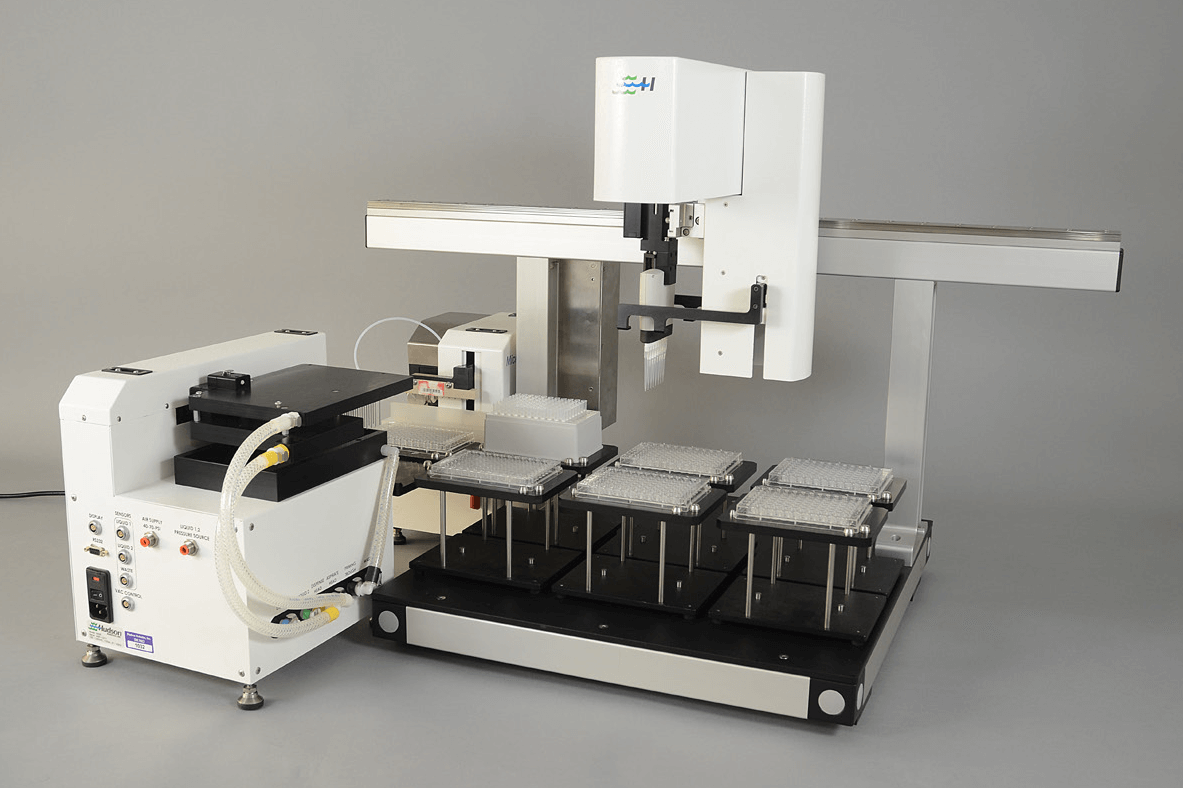
Elisa systems
Elisa is widely known since they are a type of immunoassay used to quantify specific target within the provided sample. Enzyme-linked immunosorbent assay can help detect and quantify some substances: antigens, glycoproteins, proteins, hormones, and antibodies. In addition, the test help produce a measurable result by complexing antigens and antibodies. Since many Elisa systems are available in the market, you need to look for an Elisa analyzer that meets your specific needs. This blog will explore everything you need to know about Elisa systems.
Table of Contents
Types of Elisa
To better understand how Elisa works and the test kit involved, you need to know the different types of Elisa. Antigens are proteins that can come from foreign bodies, and when bound with an antibody, they can lead to various reactions that impact their health. You should note that the antibodies are proteins produced by the immune system. There are four types of Elisa That you need to know.
- Direct Elisa
In the direct ELISA, the antigen used for primary detection wind binds with the protein of interest. The perks of using direct elisa are that it has easy steps to follow, and you can eliminate secondary cross-reactivity. Additionally, it’s rapidly compared to indirect Elisa. However, one of the disadvantages includes the high cost of reaction and low sensitivity compared to other types of Elisa.
- Sandwich ELISA
It’s called the sandwich Elisa since the antigens get sandwiched between the capture and detection antibodies. It’s crucial to note this sandwich Elisa is the most sensitive among all types of Elisa. You need to use matched pairs of antigens and antibodies for great results.
- Indirect Elisa
The indirect Elisa has the same procedure as the direct Elisa, except for additional steps, such as one washing and the type of antibody when the buffer is eliminated. Additionally, it has a higher sensitivity compared to direct Elisa. It’s easy to use and interpret since many antibodies can be used.
- Competitive ELISA
The Competitive Elisa utilizes two specific antibodies, another antibody present and an enzyme-conjugated antibody in the test serum. When there is a color change in the test, the enzyme-conjugated antibody is bound with the antigens outside the test serum. However, if there is no color change, the test is positive, which means the antigen in the test serum is bound with the antibodies. You should note that this type of Elisa cannot be used to dilute samples and has low specificity.
Advantage of Elisa
There are numerous benefits of using Elisa. One obvious benefit is that the procedure is simple and has high specificity and sensitivity. To understand the advantage, you need to understand the types of Elisa to know the one with the most perfect results.
Benefits of Using Automated Elisa Systems
The are various benefits of using the automated Elisa systems. Despite that, you work in different industries, such as food testing, diagnostics, and research. Further, the operator must stay nearby if you are operating the assay. They give accurate timing on incubation and higher throughput laboratories.
Final Word
To operate the Elisa, you need to understand the types of automation and Elisa to ensure you pick the right choice.








